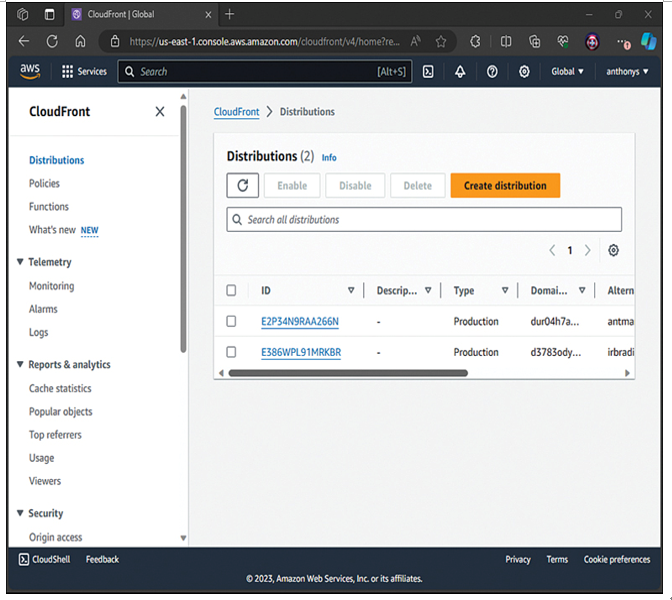Availability Zones
Be sure to remember these facts regarding Availability Zones:
An AZ consists of one or more discrete data centers—each with redundant power, networking, and connectivity—housed in separate facilities.
AZs enable you to operate production applications and databases that are more highly available, fault tolerant, and scalable than would be possible from a single data center.
AWS gives you the flexibility to place instances and store data within multiple geographic Regions as well as across multiple Availability Zones within each Region. Amazon designs each Availability Zone as an independent failure zone. This independence means that Amazon physically separates Availability Zones within a typical metropolitan Region. Amazon chooses lower-risk floodplains in each Region.
In addition to having discrete uninterruptible power supplies (UPSs) and onsite backup generation facilities, AZs are each fed via different grids from independent utilities to further reduce single points of failure. AZs are all redundantly connected to multiple Tier 1 transit providers. Some AZs have their own power substations; in fact, as I write this, a majority of them are creating their own power.
Other Global Infrastructure Components
While Regions, Availability Zones, and Edge Locations are typically considered the main components of the AWS global infrastructure, they are certainly not the only components. In this section, we examine more components (including connections) that you can work with when using AWS.
AWS Local Zones
AWS Local Zones are a relatively new concept for the AWS global infrastructure. These zones are an attempt by Amazon to place compute, storage, database, and other key service resources closer to large population and industry centers around the world. For example, because Chicago is such a bustling US city filled with industry, AWS created the Chicago local zone (us-east-1-chi-1a).
Notice for AWS Local Zones to be truly useful, they must support the most popular and foundational AWS services users tend to rely upon every day, including the following:
EC2
VPC
EBS
ElastiCache
RDS
A hugely important aspect of AWS Local Zones is that customers do not pay extra for them. When you use Local Zones, you are still charged on demand for resources, just as you are for your typical AWS resources in typical Availability Zones. In fact, you can even still take advantage of On-Demand Capacity Reservations with AWS Local Zones in an attempt to save even more money.
AWS Wavelength Zones
AWS Wavelength Zones are another relatively new part of AWS Regions. These zones exist to carry the new AWS Wavelength infrastructure. AWS Wavelength allows developers to construct apps that deliver ultra-low latency to mobile devices and their end users. The idea here is to place AWS compute and storage resources close to the edge of communications service providers’ 5G networks to speed things up for end users. These components are also used with AWS Wavelength Zones:
Wavelength subnets: These are the subnets you create in a Wavelength Zone.
Carrier gateway: This gateway permits inbound traffic from the carrier network and also permits outbound traffic to the carrier network and the Internet.
Network border group: This is a unique set of availability zones, local zones, and wavelength zones from which AWS advertises IP addresses.
Wavelength application: This is an application running in a Wavelength Zone for end-user access.
AWS resources that can be used with Wavelength Zones currently include the following:
EC2
EC2 Auto Scaling
EC2 Systems Manager
EKS clusters
ECS clusters
EBS
CloudWatch
CloudTrail
CloudFormation
AWS CloudFront
As you know, the AWS global infrastructure has many Edge Locations that are scattered around the globe. The primary job of Edge Locations is to power the AWS CloudFront service.
CloudFront is a global content delivery network (CDN) service. This service accelerates delivery of your websites, APIs, video content, or other web assets. By automatically routing requests for your content to the nearest Edge Location, it delivers content with the best possible performance.
Figure 12-2 shows the CloudFront dashboard. Notice that global caching workloads are termed distributions. In the figure you can see two active CloudFront distributions for two different websites hosted in AWS.

Figure 12-2 AWS CloudFront
